仏舎利宝珠尊和讃の講義をいたします。
和讃には非常にやさしいことばず、拡元、行の仕方、信仰の心
がまえなどが説かれております。やさしいことばですので、うっか
りして、和讃が説いているところの深い意味を汲み取れないでいる
人がいるかもしれません。また、やさしいことばだからということ
で、その意味をあまり深く味わおうとしない人も多いかもしれない。
しかし和讃というのは、やさしいことばの中に、たいへん重要な
内容が込められております。毎日読誦するむのですから、この講義
で深い意味を知り、読誦するたびにその内容をかみしめて、行の糧
にしなければなりません。
また、もう暗記してしまっているから、と勤行のときも目先だ
けで和讃を唱えている人もいるかもしれませんが、それでは本当の
勤行にならない。やぱり、暗記していても聖典をむしいただきなが
ら、その内容を深く心にめぐらせて、読誦しなければいけない。そ
れが本当のお経の読み方です。
きみょIちょうらい
帰命頂礼 仏舎利尊
功徳のほどを伝うべし
仏の慈悲のかぎりなく
まっ せ しゅじょう
末世の衆生救わんと
へんげほっしん
変化法身仏舎利尊
霊処かずあるその中に
ほっしんだ とによ いほうじゅそん
法身駄都如意宝珠尊
けどぅりしょう
化導利生はてしなし
あくごういっさいた
悪業一切断ち切りて
この塔安置のところには
人みなすべて安穏に
ぇきぴょうくやく
疫病苦厄のうれいなし
日々の供養を忘るるな
法身如来あらわれて
つくるといえど宝塔の
ちりばめ輝くさまとなり
の法を説き給う
凡夫の法性たちまちに
衆生の胸にしみ透る
さてまた4 か世に貪りの
衣類さえなき貧しさに
至心に宝生いのるなら
ほうしょうげだつ
宝生解脱のその力
そもそも祀る宝塔は
大悲方便止まずして
奇利をとどめ置き結う
納め祀れる霊になり
仏舎利尊の宝塔は
大悲今変妙にして
らいはいくよう
礼拝供養の徳積めば
福徳果報かぎりなし
諸難のせまる恐れなく
牛馬の来に至るまで
されば行者は宝 り
たとえ愈がや木ぎれにて
忽ち変じて七宝の
し まおうごん だいこうみょう
紫磨黄金の大光明
法身如来の声なれば
ひらきて悉地を成ずなり
声なき声ぞ尊とけれ
罪にむくわれ身にまとう
なげく貧窮の人にても
法身如来たちまちに
We will give a lecture on Buddhist shrine Rihoju Sonwasan.
Very easy words for wasan, expansion, way of doing, spirit of faith
It is explained that it is before. It ’s an easy word, so it ’s ok.
I haven’t been able to grasp the deep meaning of what Wasan is preaching.
There may be people. Also, because it’s a kind word
So, many people may not try to taste the meaning too deeply.
However, wasan is very important in easy words.
The contents are included. I read this lecture every day.
I learned the deep meaning of it, and every time I read it, I grabbed the content and ate the food of the line.
Must be.
Also, because I have already memorized it, it is just around the corner when I am working
Some people may be chanting wasan, but then it’s true.
I can’t work. Even if you memorize it, please pluck the scriptures.
Then, you have to read the contents deeply in your heart. So
This is how to read the true sutra.
Kimyo I Chorai
Returning to the top of the Buddhist temple
You should convey the merit
Without the mercy of the Buddha
Sattva
To save the sentient beings of the last generation
Hengehosshin
Change Dharmakaya Buddhist temple Toshison
There is a spiritual place in it
He was relieved, he was
Dharmakaya Cintamani
But let’s go
Kaido Toshio Hospitality
Akugo
Cut off the bad karma
At this tower enshrinement
All people are at peace
Eki Pyokuyaku
No joy of plague
Don’t forget your daily memorial service
Dharmakaya appeared
Even though it’s made, it’s a treasure tower
Becoming shining studded
Preach the law of
Immediately after the law of the ordinary husband
See through the chest of sentient beings
By the way, 4 or the world is greedy
In poverty without even clothing
If you really want to be a treasure
Hoshogedatsu
The power of Hosho liberation
The treasure tower that is enshrined in the first place
Don’t stop mourning
Keep the odds and tie
Become a spirit to be enshrined
The treasure tower of Buddhist temple Toshison
Great sadness now strange
Haiku
If the virtue of worship memorial service is accumulated
There is no limit to the good news
Without fear of trouble
Until the arrival of cows and horses
By the way, the performer is a treasure
Even if it ’s a piece of wood
Suddenly changed to cloisonne
And he’s crazy
Purple Golden Great Light
If it becomes the voice of Dharmakaya
Open up and form a Siddhi
A voice without a voice
Being guilty and wearing
Even for the poor
Immediately after Dharmakaya

 。
。
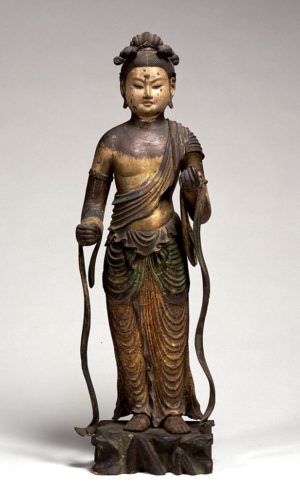
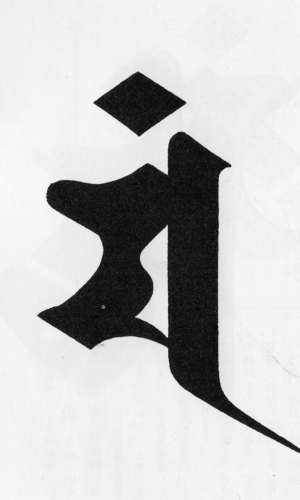 .
.



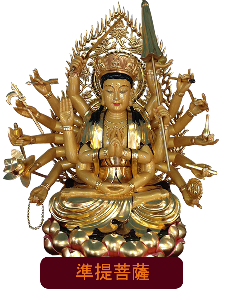
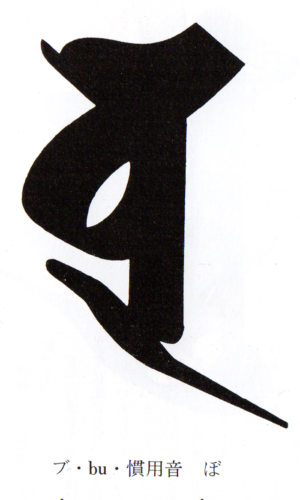
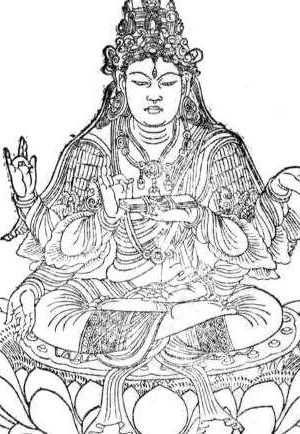

![般若菩薩の画像[1]](https://myth.maji.asia/thum/hannyabosatu1_ziten.jpg)
![般若菩薩の画像[2]](https://myth.maji.asia/thum/hannyabosatu2_ziten.jpg)
![般若菩薩の画像[3]](https://myth.maji.asia/thum/hannyabosatu3_ziten.jpg)